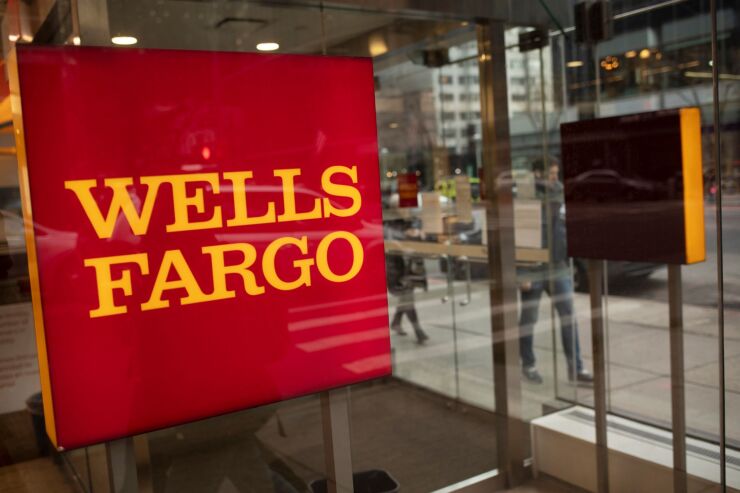I was excited when I was recruited by a big bank as a financial advisor, confident that I was well qualified to meet or exceed the bank's goals and that my success would be the team's success. It didn't take long for me to see that my vision was a sham. I had walked into a can't-win situation — at that bank and then at a second one.
But all that happened starting about 10 years ago, and I had put the lawsuits and trauma behind me until recently, when a combination of interactions and data made me realize I have something to contribute to current conversations about how banks can live up to their stated diversity goals.
The first prompt was a call from a Washington Post reporter who was working on an
My life changed forever when I decided to fight for equitable treatment in court, not only in this case but also in a related case against Wells Fargo and a later one against JPMorgan Chase on similar grounds. What I was battling against — not only on my own behalf, but also for similarly situated colleagues — was an industry culture where Black financial advisors were shut out of opportunities and resources and expected to work harder for less. The fact that ThePost was revisiting this story made me wonder about current diversity efforts.
The banking industry appears to be stuck when it comes to diversifying the leadership ranks. Racial minorities constituted about 43%, on average, of the total workforce at the largest U.S. banks as of 2021, according to
The Post found that the Rooney Rule, which called for teams to interview at least one minority candidate for every head coach opening, did not succeed in diversifying the NFL's leadership. And its broader adoption "over the past decade-plus, by entities ranging from Wells Fargo to the state of Oregon to the legal community, has been plagued by familiar flaws: allegations of sham interviews, a lack of enforcement and illusory results."
Those failures are not just the result of a clearly insufficient policy. Most diversity and inclusion policies at banks and other corporations protect the organization and keep systemic inequality firmly in place. They often negatively impact disparately marginalized groups — people of color, women, people with disabilities, LGBTQ people — by relying heavily on our productivity yet hindering our ability to succeed.
My experience as a woman of color was that I was precariously perched on a ledge without a net, and it was only a matter of time until I fell off. And when that happened, it was all on me: I wasn't careful enough. I wasn't driven enough. I just didn't have what it takes to succeed. As "diversity hires" we take on all the risk and reap none of the rewards.
As Tara Jaye Frank put it in The Waymakers, her book about how leaders with power and position can clear the path to workplace equity, "Existing workplace systems — left to their own devices — perpetuate themselves, meaning they operate the way they always have and advantage people they've always advantaged."
Implementing diversity strategies with a checkbox approach, like the Rooney Rule, is part of the problem. Based on my experience, these strategies end up capping how many people from underrepresented groups get hired or promoted — often it's only one. Much effort goes into limiting the opportunity, subjecting people to intense supervision and throwing up barriers to advancement.

The banking and finance industry needs to instead construct organizational cultures that work to create more of everything — compensation, recognition, opportunity — for everyone, instead of maintaining dominance for some and enforcing limits for others.
Frank argues — and I wholeheartedly agree — that for this to happen we need a culture shift from self-interest to interconnectedness. Openness to change and transparency are vital. Getting more diversity into the C-suite requires diversifying at the manager and director levels, opening more avenues to leadership, being transparent about salaries and decision-making, and cultivating a leadership ethos of "when our staff wins, the organization wins."
I left the world of big banks and embarked on a new path to meaningful work, first through my own leadership coaching business, then managing development at the Oceanside Museum of Art (my first love), and now as vice president at a social finance organization. The throughline for me is making sure the enterprises I'm engaged with are cultivating a better way to be in the world. Having been through the mill and come out whole, I don't have a problem speaking up and speaking out.
And I know that developing equitable organizations and systems will require ongoing activism, advocacy, and allyship: activism to bring about awareness, advocacy to raise the intensity within banking and finance organizations, and allyship to lend vital public support that helps build momentum. When all three of those streams are flowing together, real change is on the way.






